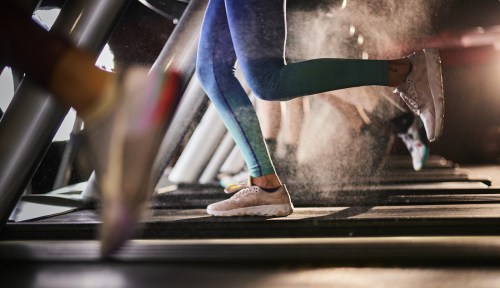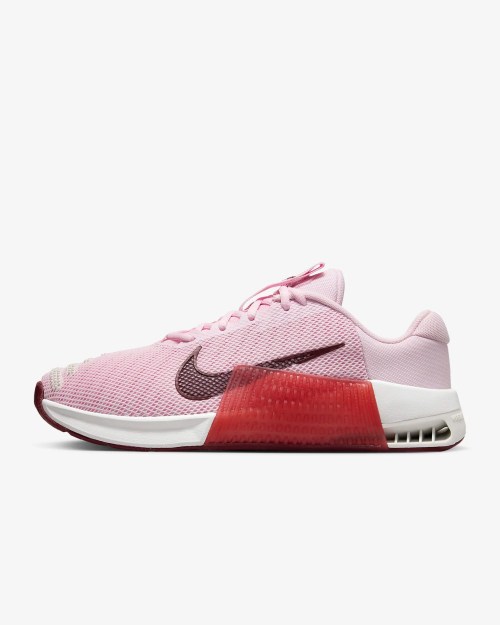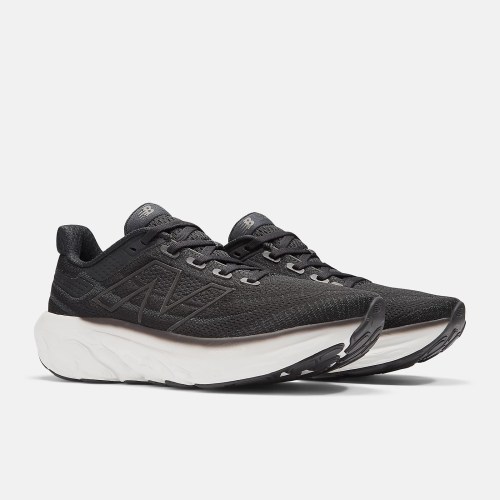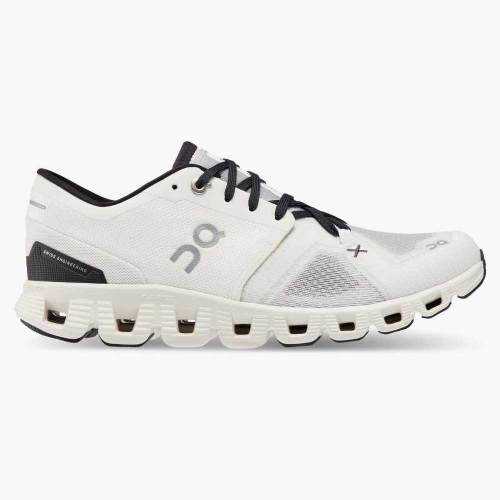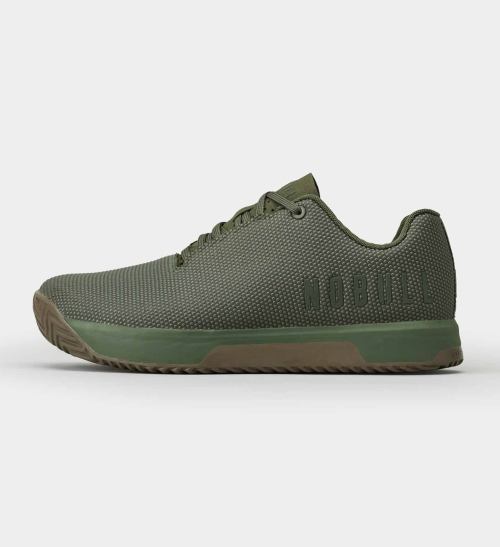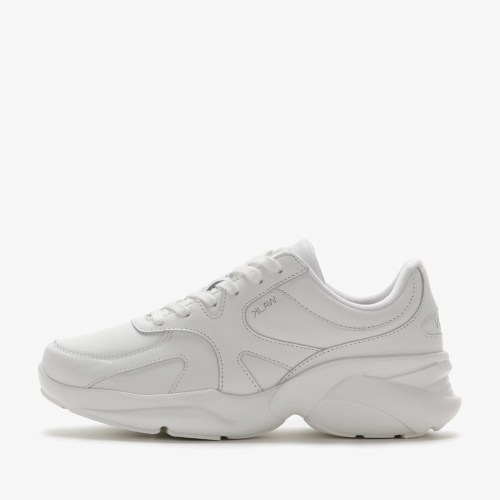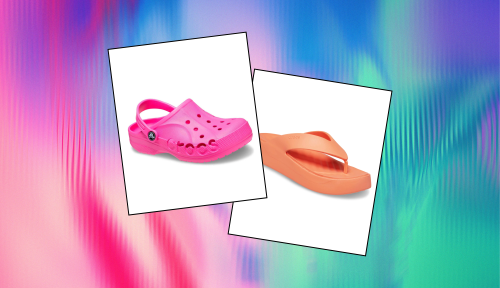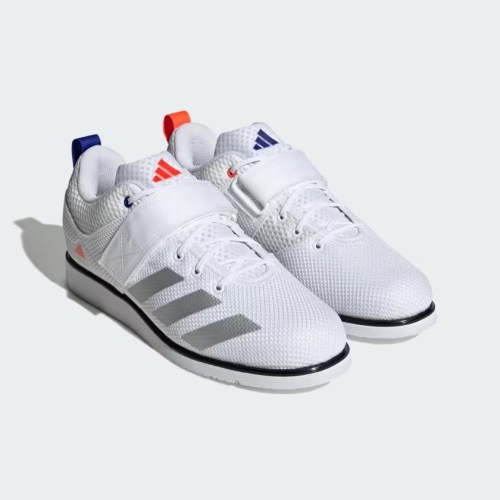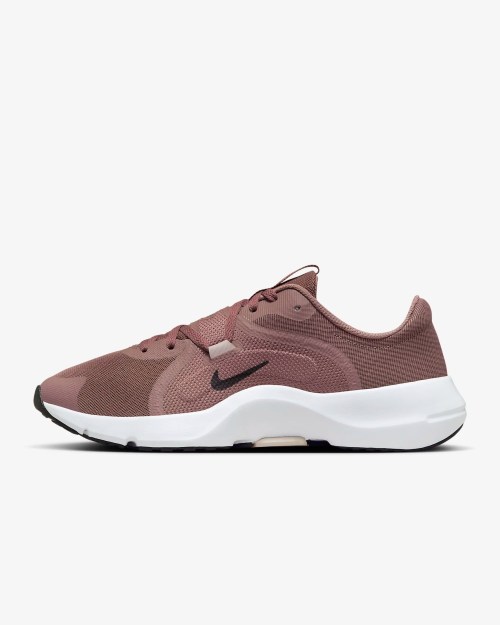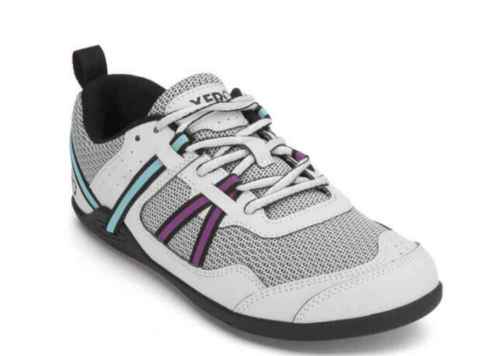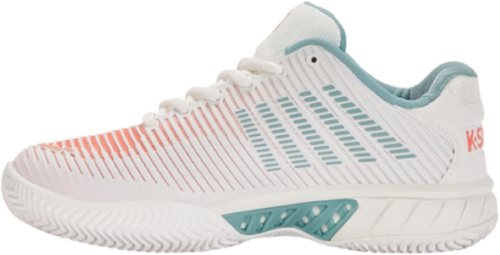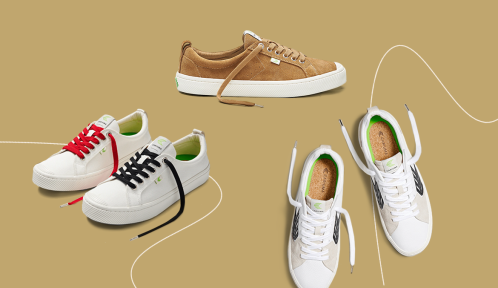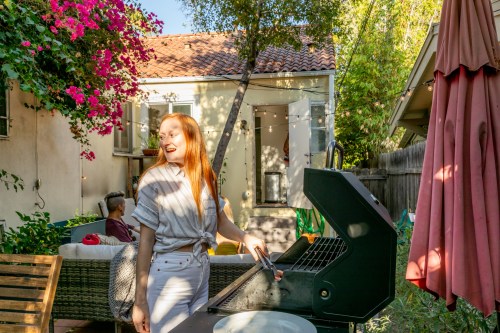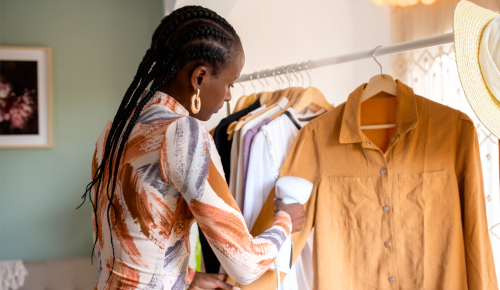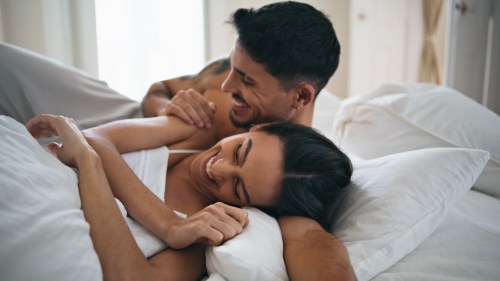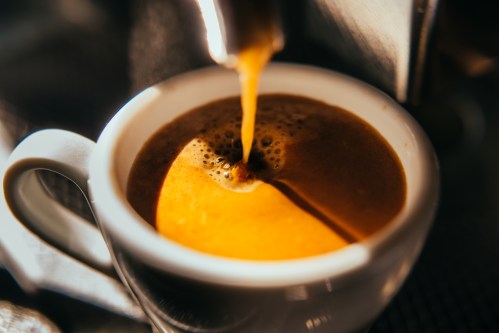Our editors independently select these products. Making a purchase through our links may earn Well+Good a commission
Finding the perfect workout shoes is a crucial element that can make or break your exercise routine. Whether you’re a crushing high-intensity interval training (HIIT) session, sweating out a challenging run, conquering the tennis court, or perfecting your yoga poses, having the appropriate footwear is essential for optimum performance and injury prevention. And, while you certainly can rock any old sneakers during exercise, the best workout shoes for women are shoes that are designed specifically for your preferred type of workout.
Experts in This Article
NASM-certified personal trainer and weightlifting Level 1 coach
Kasia Gondek is an orthopedic and pelvic health physical therapist at Fusion Wellness &
Arizona-based chiropractor and strength and conditioning specialist
“Your feet are the foundation of the body,” says Or Artzi, NCCPT-certified personal trainer and group fitness instructor at Equinox in New York City. “[They] provide the groundwork for our upright weight-bearing posture and therefore, choosing the proper footwear for your workout is essential for your comfort, safety, and optimal performance.” So before you hit the gym, read this first—we’ve rounded up 13 of the best workout shoes for women for every exercise and activity, so you can take one step closer to crushing your fitness goals.
Best workout shoes, at a glance:
- Best overall workout shoes: Reebok, Nano X4, $140
- Best gym shoe: Nike, Metcon 9, $150
- Best running shoe: New Balance, Fresh Foam 1080v13, $165
- Best workout shoe for narrow feet: On, Cloud X 3, $150
- Best workout shoe for wide feet: Nobull, Gum Impact, $139
- Best walking shoes: Klaw, Women’s Walking Shoes, $148
- Best weightlifting shoes: Adidas, Powerlift 5, $130
- Best budget workout shoes: Nike, In-Season TR 13, $85
- Best for HIIT: Lululemon, Chargefeel 2 Mid, $148
- Best for arch support: Ryka, No Limit Training Shoe, $130
- Best for long runs: Saucony, Endorphin Pro 3, $225
- Best minimal workout shoe: Xero, Prio, $90
- Best tennis shoe: K-Swiss, Hypercourt Express 2, $109
What type of shoe should I wear to the gym?
Depending on your preferred workouts, you’ll want to look for different features in a shoe. For the cross-training or everyday functional fitness workouts (think: deadlifts, lunges, kettlebell movements, jump roping, rowing, etc.), Cole Francum, NASM-certified personal trainer and weightlifting Level 1 coach, recommends getting a flat shoe for feedback and stability on the floor.
“Any shoe that has too much sole or added cushion is going to be less stable and less grippy,” he explains. “The flatter the shoe, the closer your feet are to the ground. These shoes are also going to be the most versatile and can be used for various purposes.” As a result, some of the best workout shoes for women will look flatter than a more casual, athleisure sneaker, so that’s something to consider while you shop.
Running shoes vs. gym shoes
Running shoes are designed to cover long distances, absorb impact, and support the runner’s ankles, says Artzi. You can wear these to the gym if you’re primarily working out on the elliptical, treadmill, or stair stepper, says Kasia Gondek, DPT, CSCS, orthopedic and pelvic health physical therapist at Fusion Wellness & Physical Therapy. Gym shoes, on the other hand, fall into two categories: cross-training shoes and weightlifting shoes.
Designed for well-rounded workouts like HIIT circuits, cardio workouts, and CrossFit sessions, training shoes offer a blend of cushion for shock absorption and a low profile for stability. You could run a couple of miles on the treadmill, but they won’t serve you well on a long run. Weightlifting shoes are a different breed. They generally have a slightly elevated heel to increase the range of motion in the ankle joint and will also have a much firmer heel, “resulting in increased force production,” says Artzi, as you drive through the floor to move the barbell or kettlebell. “You don’t want a shoe with too much cushion—you shouldn’t be able to compress the sole—as this will compromise your balance, stability, and power during your lifts,” says Gondek.
Shop 13 of the best workout shoes for women
Best overall workout shoes: Reebok, Nano X4 — $140.00
Available sizes: 5-11
When it comes to the best workout shoes overall, we were on the lookout for versatility, and the new Reebok Nano X4 does not disappoint. The most recent iteration of this shoe (which launched in January 2024) is more breathable and lightweight than its predecessors, so it doesn’t weigh you down or cause you to overheat during your workout. It’s stable yet cushioned, providing the best of both worlds when you’re lifting but want to incorporate a bit of cardio. I’ve tested the Nanox X4 out during my last week of workouts involving squats, plyometrics, and plenty of rotational movements and pivoting. During training sessions, I usually opt to go shoeless for balance exercises like single-leg deadlifts so that I can grip the ground. But these shoes have a secure, snug fit, so I’ve been able to wear them during my entire workouts.
Heel-to-toe drop: 7 mm
Colors: 6
Pros:
- Super breathable thanks to the light mesh upper
- Roomy toe box combined with flexible upper provides a secure fit for any foot shape
- Feels secure during jumps or lateral movements
Cons:
- Too stiff for extensive running
Best gym shoe: Nike, Metcon 9 — $150.00
Available sizes: 5-15
The Nike Metcon has been widely regarded as one of the best shoes for cross-training and Crossfit, and now that it’s in its 9th iteration, it still holds that title. “I would recommend the Nike Metcons as a great option for beginners and experienced athletes,” says Francum. “They give enough feedback from the floor and have a great wraparound rubber sole suitable for wherever you’re working out.” (The extra rubber around the midfoot is designed for traction while climbing ropes.) Because of the stiffness of the sole, it’s best suited for lifting exercises, like deadlifts and squats, rather than cardio workouts. However, if you’re looking for something a little more versatile, the Free Metcon 5 ($120) might be more up your alley.
Heel-to-toe drop: 4 mm
Colors: 12
Pros:
- Super grippy outsole
- Wide toe box
- Sleek, modern aesthetic with a customizable color option
Cons:
- Firm heel is better for slow, intentional exercises than fast-paced movements
Best running shoe: New Balance, Fresh Foam 1080v13 — $165.00
Available sizes: 5-13
If you need a versatile daily trainer to take you through easy miles, long runs, and recovery runs, the New Balance Fresh Foam 1080v13 is super plush so you get a nice bounce every time your foot strikes the ground. (The shoe is so good it’s even used by Olympic runners.) The upper is flexible to form around the foot, and the heel cup is narrow enough so you don’t get the dreaded heel slip. But what reviewers love the most is the shock absorption, which can take some load off your joints. And unlike some running shoes which wear down quickly because of the soft cushioning, these are durable enough that you can wear them for your daily walk or commute, too—or even if your daily workouts entail a dose of cardio (like a dance workout or HIIT class).
Heel-to-toe drop: 6 mm
Colors: 6
Pros:
- Multiple widths from narrow to x-wide
- Plush cushioning feels like you’re running on clouds
- Versatile for all runs and HIIT workouts
Cons:
- Too much cushioning for traditional lifting
- Lacks stability
Best workout shoe for narrow feet: On, Cloud X 3 — $150.00
Available sizes: 5-11
On Running primarily creates running shoes, and while the Cloud X 3 can perform on runs, it thrives in the gym. It has a firm, sturdy feel when you put it on, and a thick midsole that provides plenty of bounce thanks to the iconic cloud design that features pockets of air. That being said, it’s much more stable and much less squishy than On’s more traditional running shoes, like the Cloudsurfer. Best of all, the shoe has tons of little design features that speak to its high quality: a rubber toe guard, a metal eyelet on the top lace hole so it doesn’t tear, a super-fine knit upper that features strong thread, and a reinforced heel for extra durability around a vulnerable area. Basically, you know this shoe will last you a long, long time.
Heel-to-toe drop: 8 mm
Colors: 10
Pros:
- Secure, slim fit with lace design that lets you cinch down the toe box
- Springy, reactive midsole rubber that feels sufficient for light cardio and lifting
- Light knit upper offers plenty of breathability
Cons:
- The heel may feel a bit loose depending on your foot shape
- Customers note that the “cloud” design of the midsole picks up rocks, so they’re best suited for indoor workouts
Best workout shoe for wide feet: Nobull, Gum Impact — $139.00
Available sizes: 5-11
Peep inside any CrossFit box and you may spot a handful of people wearing this trendy shoe. It’s for good reason—the Gum Impact (formerly known as the Trainer+) is ideal for high-intensity workouts that focus on lifting. It has a low drop (the difference between the heel and toe height) which promotes stability in an athletic stance, and a herringbone-textured outsole that grips any surface from mat to tile. Although it may be too roomy if you have narrow feet, it’s great for individuals with wide feet because it has a wide base through the mid- and forefoot. When lifting, this wide toe box allows your toes to splay in a more natural foot position so you can get the best contact with the ground.
Heel-to-toe drop: 4 mm
Colors: 6
Pros:
- Wide toe box allows your feet to take a natural position
- Ample cushioning for plyometrics
- Low drop creates an incredibly stable shoe
Cons:
- There are more versatile shoes out there
Best walking shoes: Klaw, 528 Women’s Walking Shoes — $148.00
Available sizes: 6-11
If you’re racking up your 10,000 steps a day, these shoes will quickly become your new best friend. W+G commerce editor Francesca Krempa swears by the comfort of these podiatrist-designed walking shoes for urban walking because of their supportive insoles (arch support!) and a deep heel cup that keeps your foot in place. The slight rocker design helps propel you forward, and the chunky yet minimalist design will keep you on trend and easily pair with any outfit, whether you’re wearing jeans or athleisure.
Heel-to-toe drop: 7 mm
Colors: 6
Pros:
- Designed by a podiatrist
- Deep heel cup cradles your foot and keeps it in place
- Great arch support
Cons:
- Leather wears down relatively quickly with daily use
- Relatively warm because of the leather—best for cooler weather
Best weightlifting shoes: Adidas, Powerlift 5 — $130.00
Available sizes: 5-17
Weightlifting shoes fill a certain niche—they “should be worn only while lifting, as the platform and rigid structure are not designed to handle much else,” says Matt Tanneberg, CSCS, an Arizona-based chiropractor and strength and conditioning specialist. But if you’re looking for a shoe to take your lifts to the next level, the Adidas Powerlift 5 is one of Tanneberg’s preferred designs. Its angular platform elevates the heels (check out the high drop—16 millimeters—way higher than anything else on this list.)
“This changes the hip and knee angles when you are performing a squat and allows you to put up more weight,” says Tanneberg. You’ll get additional stability through the secure closure that features both a strap and laces and the grippy rubber outsole that ensures your feet stay firmly planted on the floor at all times.
Heel-to-toe drop: 16 mm
Colors: 4
Pros:
- Angular platform can enhance your lifts
- Mesh inserts in the upper allow your feet to breathe
- Grippy rubber outsole
Cons:
- Not versatile
- Some folks note that they run small, you may have to size up
Best budget workout shoes: Nike, In-Season TR 13 — $85.00
Available sizes: 5-12
These days, it’s rare that you can find a solid workout shoe for less than $100—much less one that can take you through any kind of workout you throw at it. But Nike’s In-Season TR 13 is a gem that can help you tackle treadmill runs or a group fitness class. The offset lace design lets you get a secure fit around the midfoot so you’ll feel agile as you move through lateral lunges and box jumps. Plus, the mesh upper is soft and breathable so you stay cool no matter how much you heat up during your workout.
Heel-to-toe drop: Not listed
Colors: 8
Pros:
- Double overlays protect high-friction zones
- Plenty of color options
- Great price point
Cons:
- Run relatively small and narrow, so if you have wide feet you may want to size up
- Cushioning is a bit stiff
Best for HIIT: Lululemon, Chargefeel 2 Mid — $148.00
Available sizes: 5-12
Lululemon’s Chargefeel is Artzi’s all-time favorite shoe—she wears the mid-height version to teach fitness classes at Equinox. It “feels as close as possible to walking barefoot, but with proper support for your feet and ankles,” she says. There’s enough cushioning to feel supported, but not too much to set you off balance. The mid-height version features a sock-like knit cuff that provides a bit of structure and also helps keep out dirt and rocks if you wear them outside. Keep in mind that according to the brand, you should consider sizing up a half-size if you have wide feet.
Heel-to-toe drop: 9 mm
Colors: 5
Pros:
- Mid-height design offers ankle support
- Versatile for both running and training
- Comfortable cushioning
Cons:
- On the heavier side for a training shoe
Best for arch support: Ryka, No Limit Training Shoe — $130.00
Available sizes: 6-12
Many of the workout shoes on the market have a flat insole for maximum stability, but people who prefer arch support may find traditional training shoes lacking. Ryka puts arch support front and center. As soon as you slide your foot in, it feels cradled by the insole and hugged by the upper material. When you start moving, the outsole rubber offers great traction and the pivot point on the sole smooths out turns so your feet don’t lag. The brand designs shoes specifically for women, so the fit is tailored to a woman’s foot shape with a roomy toe box and narrow heel.
Heel-to-toe drop: 8 mm
Colors: 7
Pros:
- Women’s specific fit with a narrow heel gives a “locked in” feel
- Pivot point on the outsole allows for super smooth movement
- No break in required
Cons:
- Design and color options aren’t as modern as other brands
- Upper feels a bit stiff
Best for long runs: Saucony, Endorphin Pro 3 — $225.00
Available sizes: 5-12
Artzi wears Saucony’s Endorphin Pro 3s for her long runs because they feature an elite-level technology—the PWRRUN PB cushioning that is “best known for its responsiveness,” she explains. This pairs with a carbon fiber plate in the midsole that returns energy to the runner with each foot strike, making your runs feel a bit easier and “like you are flying,” says Artzi. But it’s also “sturdy enough to take you through an entire marathon with the support you need on the last few miles,” she says. You won’t want to use this for your daily training runs—the soft cushioning isn’t super durable and the price point is high—but it will make your runs feel amazing as you build up to race day.
Heel-to-toe drop: 8 mm
Colors: 8
Pros:
- Very lightweight
- Springy, high stack cushioning
- Carbon fiber plate ensures runner gets maximum energy return
Cons:
- Overkill for casual runners
- Pricey
Best minimal workout shoe: Xero, Prio — $90.00
Available sizes: 6-11
The Xero Prio are zero-drop shoes, which means that the heel of your foot is not elevated; it is on the same level as your toes. Many lifters prefer this minimalist design because it replicates being barefoot, but with a bit more support and protection. The whole idea is that your foot can maintain a natural position, enhancing your posture and balance. These shoes are very lightweight, with outsoles that are soft and pliable, allowing you to sense the ground underfoot. But if you’ve never used minimalist shoes before, keep in mind they have a very different feel from traditional shoes with no cushioning.
Heel-to-toe drop: 0 mm
Colors: 3
Pros:
- Flexible, soft sole for ground feel
- Affordable price point
- Strap around midfoot and heel are reflective for nighttime visibility
Cons:
- If you have tight ankles or achilles tendon, zero drop shoes can require more mobility than you may have
Best tennis shoe: K-Swiss, Hypercourt Express 2 — $109.00
Available sizes: 5 – 11
This shoe tops our list of the best tennis shoes for women because of its popularity for beginners and experts alike. The durability is top-notch—the outsole is made of a high-density rubber that will withstand quick movement on a hard court and the midsole cushioning doesn’t pack down as quickly as a running shoe. And when you need to shuffle from side to side, the 180-degree support chassis will allow you to bound laterally without risking instability.
Heel-to-toe drop: Not listed
Colors: 9
Pros:
- No break-in period
- Incredibly durable
- Very supportive with a 180-degree plastic chassis
Cons:
- May be too wide for narrow feet
- Ventilation is minimal
How to clean gym shoes
Your bright white gym shoes will inevitably get dingy and dirty—my new Reeboks got scuffed after only two wears. To keep them looking fresh, a regular cleaning routine is essential. Start by removing excess dirt with a brush or cloth. If that’s not enough, you can create a mixture of mild soap and warm water for a deeper clean (and if they’re white, you can add baking soda to try to restore some of their brightness.) Use a soft brush or cloth to gently scrub the fabric of the shoes. Avoid submerging them in water or using harsh detergents.
After cleaning, stuff your shoes with paper to maintain their shape and let them air dry away from direct sunlight. Remember, the washing machine is usually a no-go as it can damage your shoes. If the manufacturer says they are machine-washable, proceed with caution and use cool water instead of hot!
FAQs
What is the best fit for workout shoes?
When it comes to workout shoes, size matters, says Artzi. “For runners, you might want to consider a slightly larger size than usual as feet tend to swell during longer distance runs,” she notes. “While for general workouts, like lifting, you’ll want to look for a snug and secure foot so you can stay stable.” Your training shoes should also have a wide enough toe box so your toes can splay out naturally without feeling too constricted.
How often should I replace my workout shoes?
Regular replacement of workout shoes isn’t just about keeping up with the latest trends and colorways; it’s crucial for maintaining support and comfort. Keeping an eye on the tread and cushioning of your shoes can be a good indicator. Many workout shoes are soft with pillowy cushioned midsoles that feel really nice as you’re running or jumping, but the downside is that this cushion packs down quicker than firmer cushioning. Once you start to notice its decline, it may be time for a new pair. You can also pay attention to the outsole of your shoe. If the tread starts to wear down and you’re slipping and sliding all over the floor, you should replace them.
But every shoe has a different lifespan. Typically, it’s recommended to switch out your gym sneakers every 300 to 500 miles of running or walking. However, if you’re in the gym, that’s harder to measure. Consider a timeline of every six months to a year, depending on the intensity and frequency of your sessions. But your best bet is to replace them when you start noticing significant wear or a decrease in comfort.
How to get odor out of gym shoes:
There’s nothing more embarrassing than stinky gym shoes, but don’t worry—it happens to everybody and you can try a few effective strategies to combat the smell. First, always ensure your shoes dry out completely between workouts; moisture breeds bacteria, which causes the odor. If they’re extra sweaty, you may want to remove the insoles. Then, sprinkle baking soda inside your shoes overnight to absorb moisture and neutralize smells. For a deeper refresh, consider using odor-fighting sprays; I use Hex Performance Spray ($22) regularly on my clothes and shoes.
Sign Up for Our Daily Newsletter
Get all the latest in wellness, trends, food, fitness, beauty, and more delivered right to your inbox.
Got it, you've been added to our email list.
